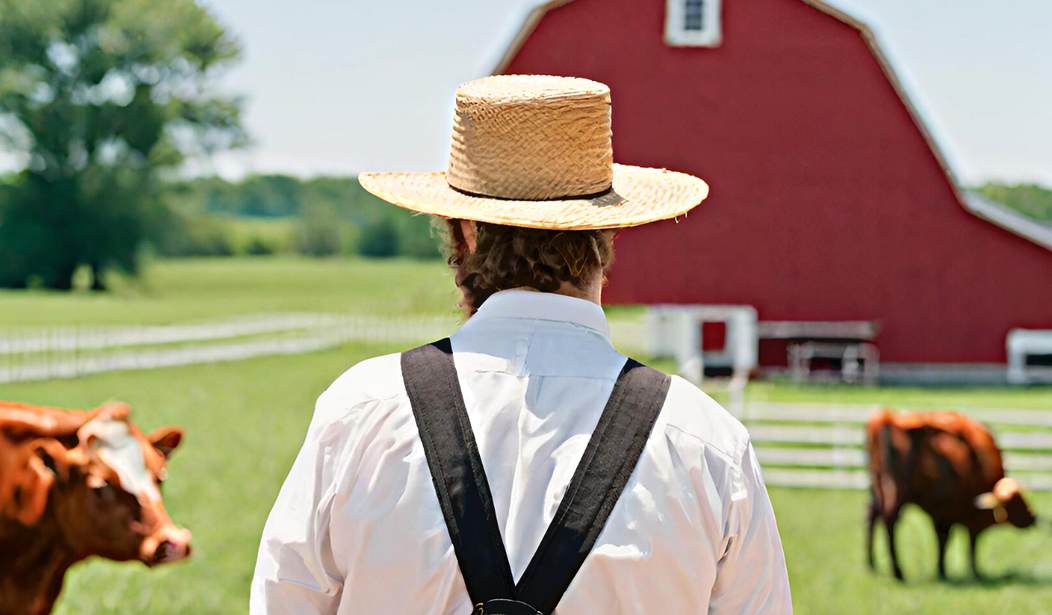On Tuesday, Senate Agriculture Committee Ranking Member John Boozman (R-AR) unveiled his long-anticipated Farm Bill framework.
The Farm Bill, legislation was due for reauthorization last year, got a year-long extension through September 2024. It covers commodities, forestry, conservation, nutrition, and rural development. The House Agriculture Chairman Glenn (GT) Thompson unveiled the House framework several weeks ago.
"From the onset of this process, we have sought to draft a farm bill that reflects the needs of stakeholders. The world has changed dramatically since the 2018 bill became law, and the unprecedented challenges and economic uncertainty that farmers face now are only projected to get worse in the coming years,” Boozman said in a statement. “This is why producers have been calling on senators to put more farms in the farm bill.”
Key priorities in the Senate Republican framework, which borrows largely from the House’s, include modernizing the “farm safety net,” boosting rural and broadband services, expanding popular conservation programs, and “empowering” the next generation of farmers.
I was in Boozman’s home state, Arkansas, this week to attend the 17th annual Conservation Technology Information Center's Conservation in Action Tour. It was preceded by an informational Farming in the Flyways Workshop at Ducks Unlimited headquarters outside Memphis, Tennessee. The event gave attendees like me a glimpse into the U.S. Department of Agriculture (USDA)’s Natural Resources Conservation Service (NRCS) programs and individual farming efforts.
We toured three farms in northeast Arkansas that produce rice, soybeans, and corn. Rice, believe it or not, is king in the Natural State. Arkansas produces nearly half of the U.S.’s rice supply.
A couple of USDA representatives from the Biden administration were present and encouraged participants to take advantage of climate initiatives contained in the $20 billion boost to NRCS funding through the climate-heavy Inflation Reduction Act (IRA).
Recommended
Since Biden entered office, NRCS has prioritized equity and climate goals over conservation, writing on their website: “In recent years, NRCS has taken strides to advance equity, address climate change, and support markets, which are part of USDA’s broader efforts to address these priorities, using resources from the Farm Bill, Bipartisan Infrastructure Law, and Inflation Reduction Act.”
The NRCS chief under the Trump administration was Matthew Lohr, the current Virginia Agriculture and Forestry Secretary in the Youngkin administration. Under Lohr and Agriculture Secretary Sonny Perdue’s tenure, conservation was greatly emphasized in the previous Farm Bill.
Talking to several CTIC Tour attendees - particularly farmers - I surmised they weren’t very keen about the Biden administration’s net-zero directives, like utility-scale solar, on highly productive farmland. The Department of Energy (DOE) reports solar is only reliable about 25% of the year.
“This energy transition is expected to have significant impacts on the rural landscape,” the American Farmland Trust cautioned in their 2023 “Advancing Smart Solar in the Next Farm Bill” white paper.
AFT also cited a 2021 DOE Solar Futures study that found increasing national solar generation to 45%, up from 4%, could consume upwards of 7.4 million farmland acres by 2040 and 10.4 million acres by 2050, respectively.
The white paper added, “Modeling done by American Farmland Trust (AFT), through the Farms Under Threat: 2040 analysis, projects that 83% of new solar built by 2040 could be sited on agricultural lands, with almost half located on our most productive land for producing food and crops.” The organization also warned that “displacing farming from productive land could put more marginal farmland in production, leading to decreased productivity, farm viability, and food security, as well as increased environmental impact.”
Putting climate ahead of conservation champions like farmers and ranchers, those with a vested interest in conserving land for future generations, would be a grave mistake.
“There are no greater climate champions in the world than the American farmer, rancher, and forester,” Chairman Thompson remarked in a Townhall interview with me last fall. “There's data out there that shows that combined at this point–what we do in America–those American farmers…they sequester an average of 6.1 Gigatons of carbon annually—which is 10.1% more than what they emit, which means there's no better climate champion.”
Radical environmentalists who influence the Biden administration accuse farmers and ranchers, who are ardent conservationists, of despoiling the environment. But that is not what I observed in Arkansas this past week or in Florida when I learned how cows keep America green. Yet, they want to replace beef with unhealthy “vegan” meat and lab-grown alternatives that are potentially worse for the environment.
An underappreciated segment of the U.S. population, farmers and ranchers who comprise 2% of the population feed 98% of the nation. Regulations like the SEC’s climate disclosure and Biden’s Waters of the United States (WOTUS) rules hurt these producers. Equally concerning is Environmental, Social, and Governance (ESG) investing practices and, by extension posturing, that steer investments away from agriculture to climate policies–which could result in a 34% increase in food costs.
Farming, at its core, is conservation. The Republican Farm Bill frameworks recognize this practice.

























Join the conversation as a VIP Member